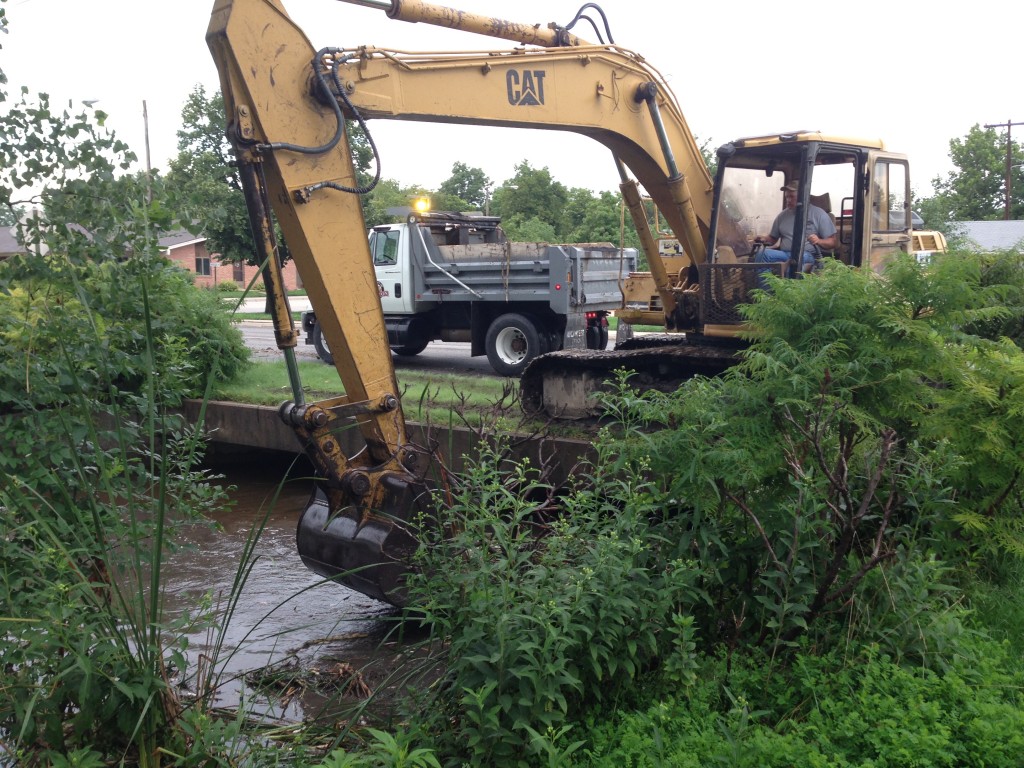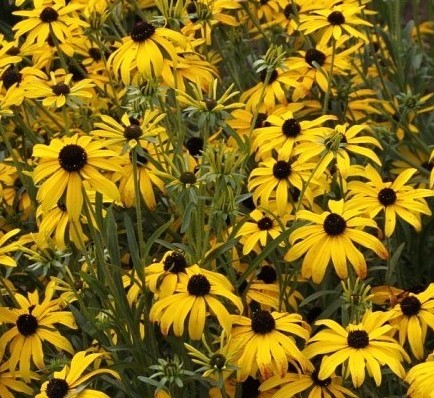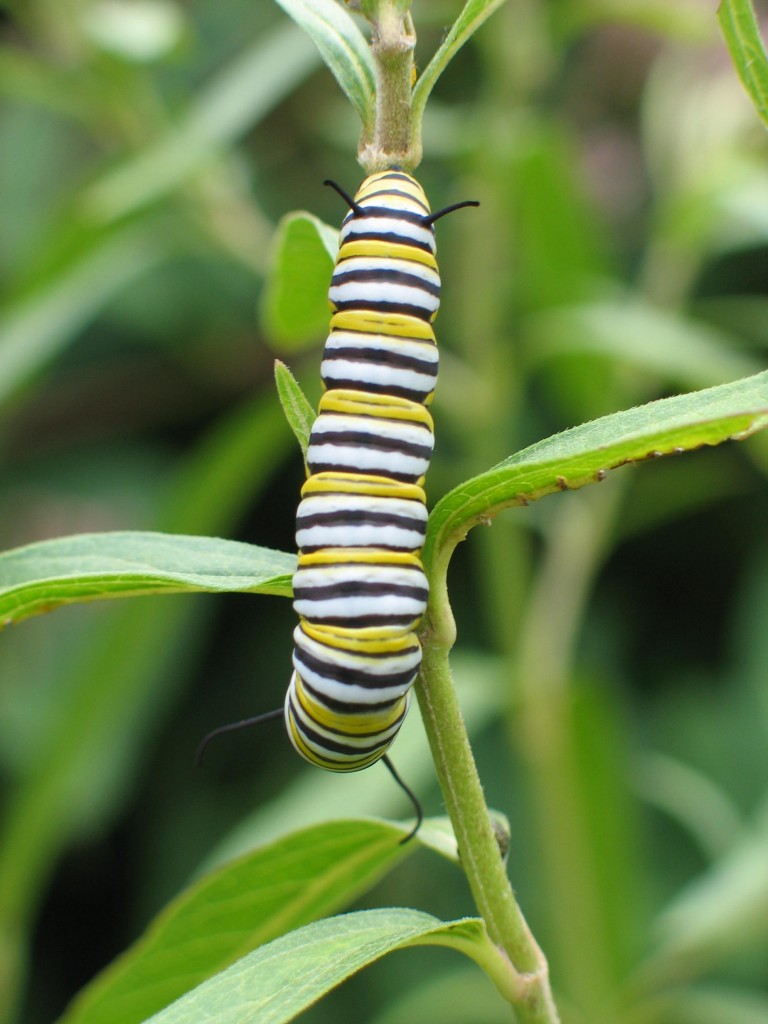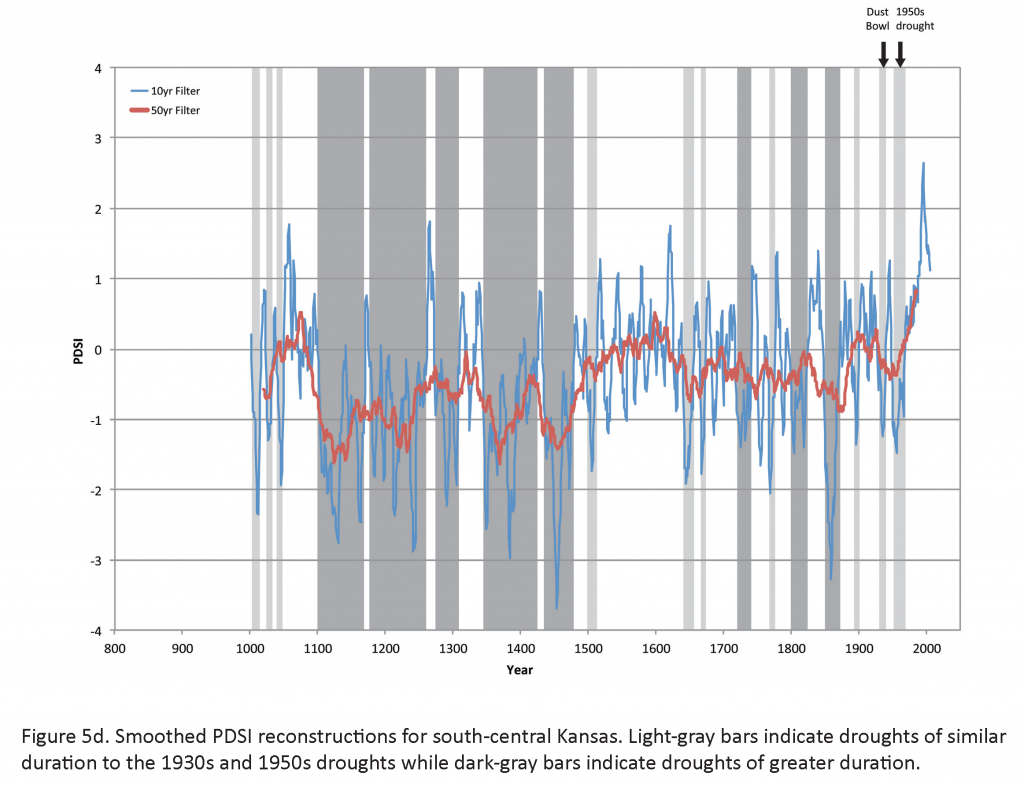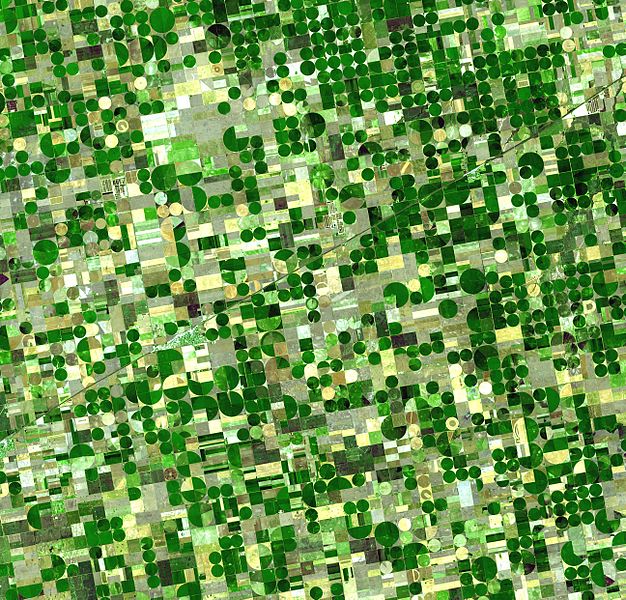Our soil here in Kansas is gumbo. Not the delicious soup, but heavy clay. It is clay all the time and all the time it is clay. I have tried to describe it to others, but it needs to be experienced. They may say they have something similar, but for us who endure it and garden in it and curse it, it is exasperating. Unbelievable, really.
Clay soil is often too wet or too dry. When wet, it sticks to your shoes and tools like a leach. Every step you take makes you one inch taller. When dry, it is like concrete, impenetrable, and cracks wide open.
I had a gentleman from Ohio work with me one spring. Every morning with anticipation I awaited his next derogatory comment about our clay soils. He really grew to dislike it and even questioned my sanity for trying to garden in it. “I have never seen anything like it!” he said. He was so ready to go back home to his beautiful Midwestern soil.
Our soil is amazing stuff – no doubt – and it presents challenges for growing plants. But let’s take a look at some of the pros and cons of clay soil.
Positives of clay soils (Yes. There are a few.)
- It holds water well – The fine particles are porous retaining water and holding it tightly.
- It holds nutrients well – The tiny particles are negatively charged attracting many positive elements like phosphorus, potassium and other minor nutrients.
Negatives of clay soils
- Low water infiltration rate (usually one inch per hour)
- Shrinks and swells with moisture
- Keeps root zone wet for prolonged periods, which is problematic for drought-tolerant native plants
- Slow to warm in the spring
- Compacts easily when worked wet
- Often so tight that plant roots cannot grow
Tips for improving clay soils
So, do we have any hope of improving our clay soil? It can be done, but will require some work.
- Organic matter, organic matter and more organic matter is what it will take to improve your soil. Put down at least six to eight inches of organic matter on the entire area you want to enhance. Organic matter can include shredded leaves, compost, grass clippings or aged manure.
- Next, you must till the organic matter into the soil to a depth of at least six inches or deeper. Keep in mind that the deeper you go the more benefit to the soil you will realize.
- When complete, the bed will be built up several inches. Not to worry, it will settle over time as the organic matter continues to break down and melt into the clay. It will take several seasons to fully accomplish the desired result which is a soil that is manageable.
- Add organic matter on an annual basis for a garden or initially when establishing a new display bed.
It is very difficult to improve an established bed. Adding mulch will improve it over time as the mulch begins to decompose. Any new plants that are established can benefit by digging a hole at least twice as big as needed and incorporating compost and existing soil together as you back fill around the root ball. Don’t just put compost around the roots as you back fill, because it will discourage the plant from rooting out into your gumbo soil. It is essentially like repotting the plant in the soil. The roots will only grow in the loose compost.
You will be rewarded for your efforts. Even a little compost mixed with your gumbo will improve your soil. Mulch it with two to three inches of mulch and over time you will develop a soil where plants thrive. Don’t let your soil get the best of you.

